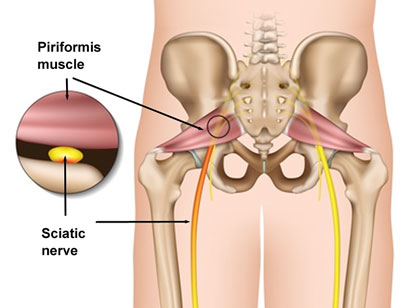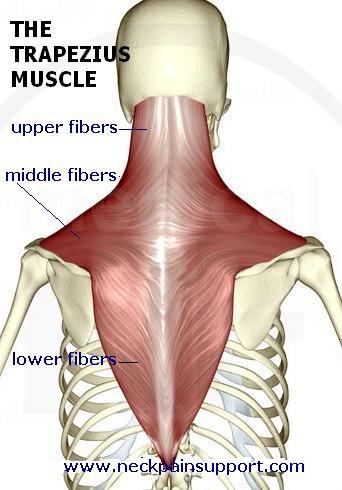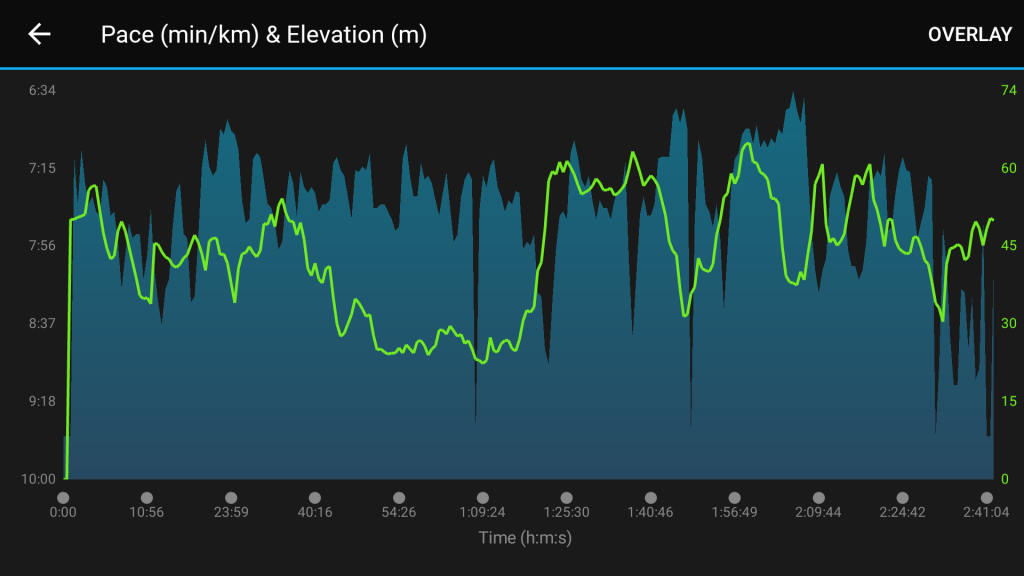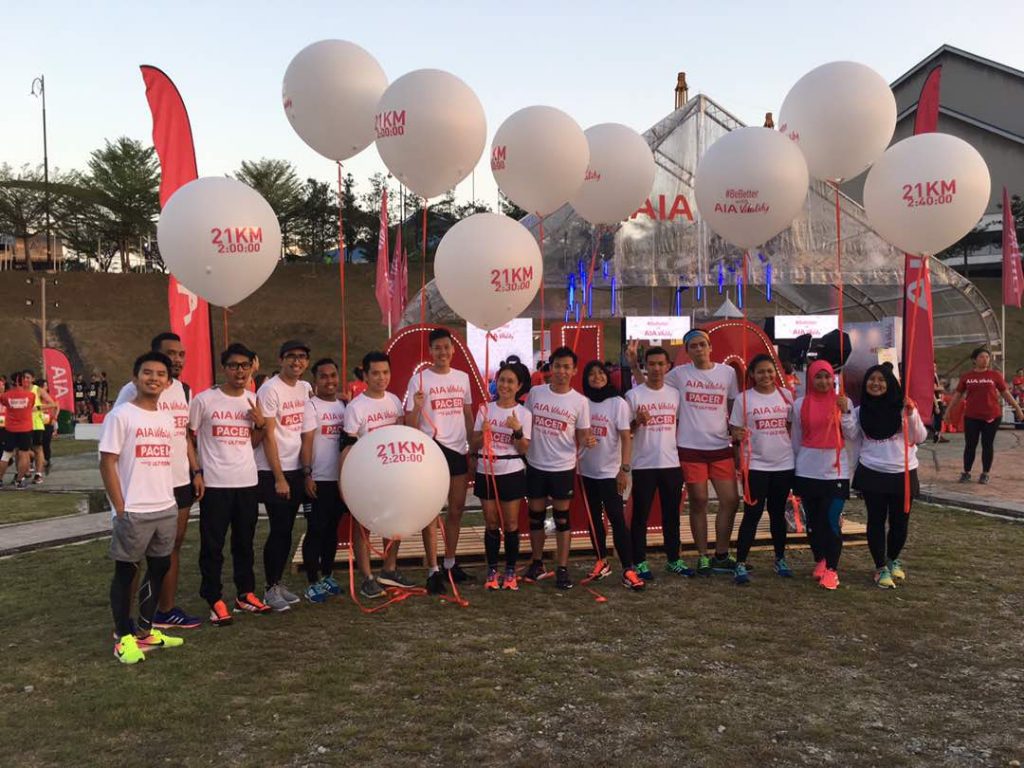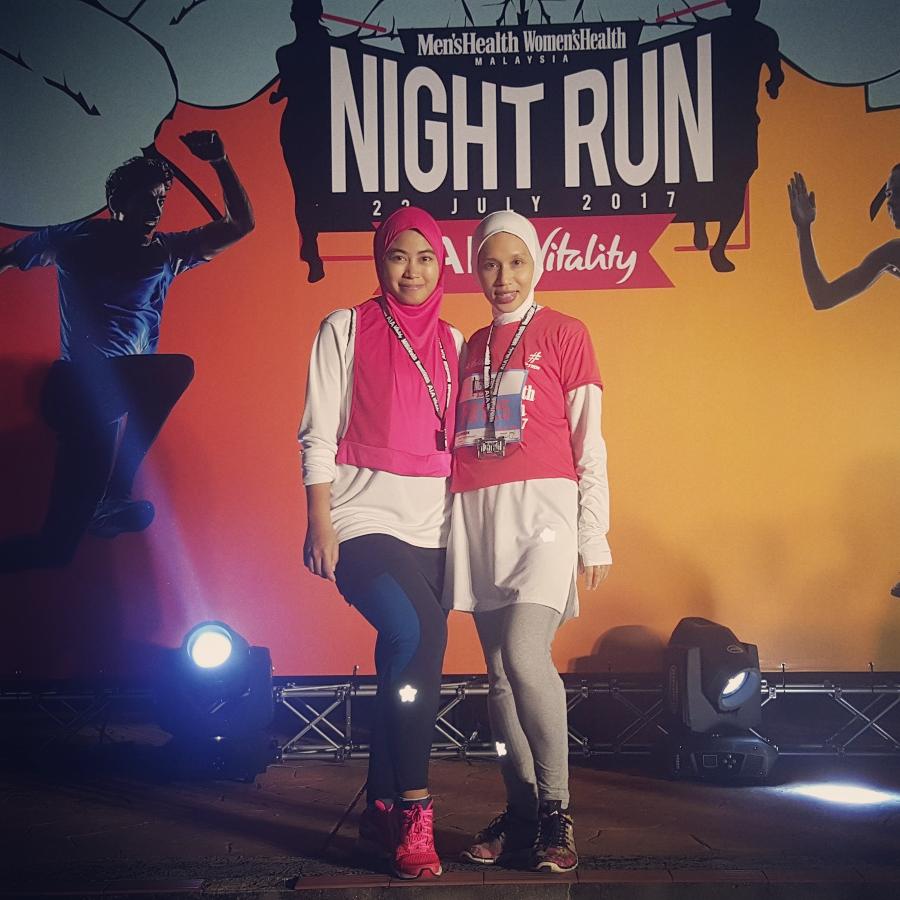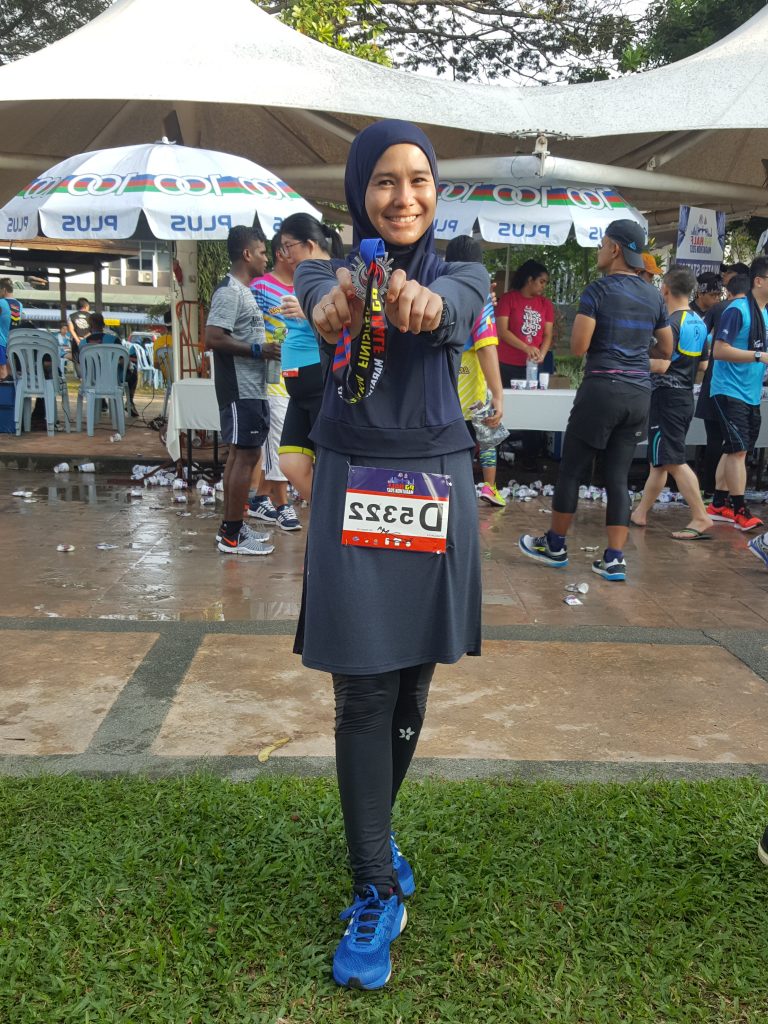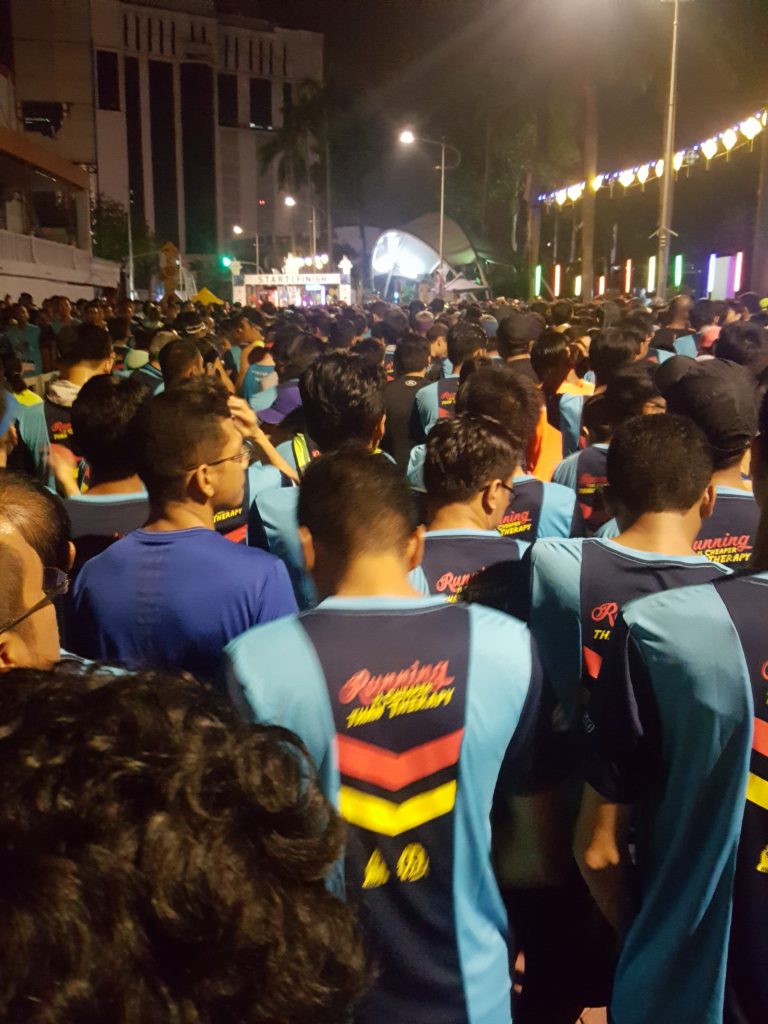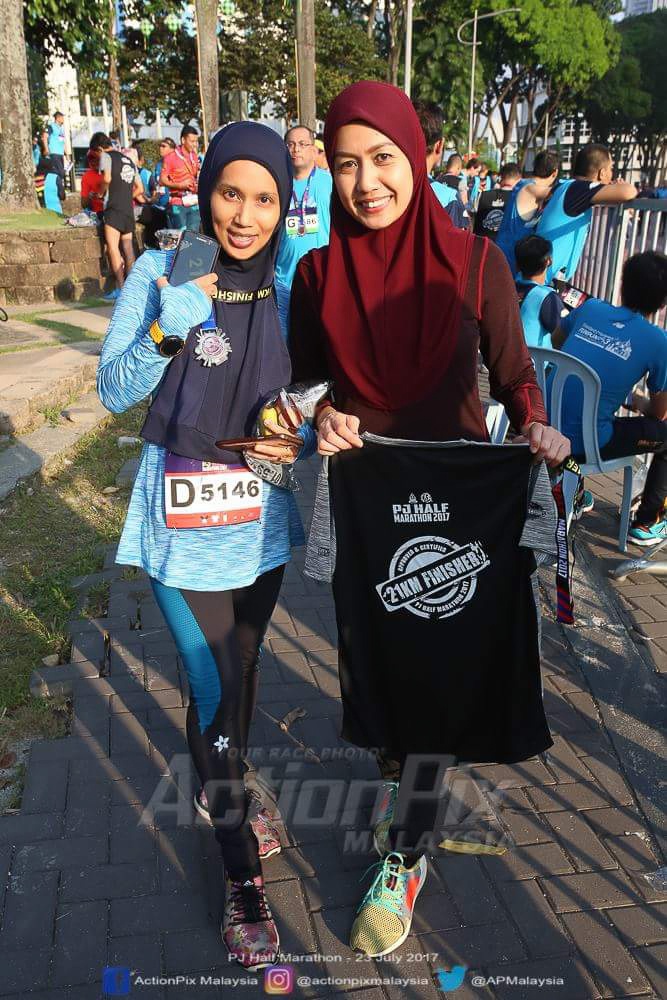Athletes, runners and sports enthusiasts, we are offering you a dual-function leg sleeves, suitable for men and women. Released on 5th January at nashata.com, these sleeves offer you compression effect and recovery use. They can provide extra care of the calf and shin by reducing muscle vibration while working out and improve recovery by icing them with cold pack or ice.
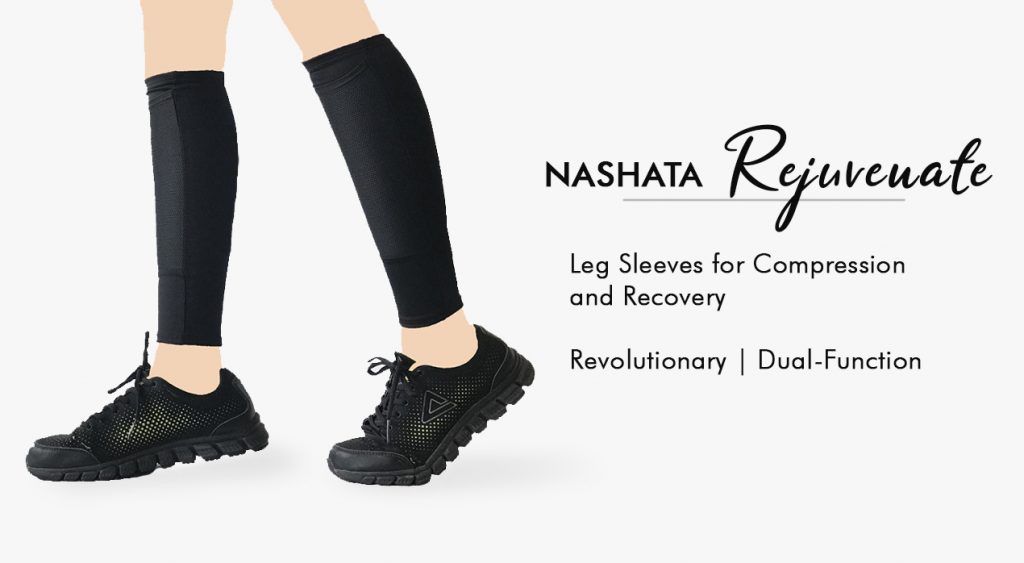
1. Compression
The leg sleeves offers compression effects that stabilizes the calf and shin, hence reduce muscle vibration and manage pain and injury. They are comfortable and suitable for high intensity work out such as running marathon, trail running, cycling and hiking.
2. Recovery
Applying cold compression or ice for your leg can help reduce swelling, which also may help muscles to recover faster. Cold compression on injured or swollen areas help reduce the inflammatory process.
Nashata leg sleeve has a built-in pocket on one side to insert cold pack or ice cubes. The benefits of the product is that it allows you to move about as it remains stationary on your leg. In this way, you are able to carry out your activity perfectly while the product ices your leg. Hence, you can rest and sleep with the cold pack or ice intact on shin or calf for night recovery.
Built-in pocket for ice cubes or ice pack
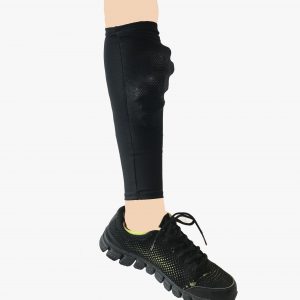 Ice cubes in pocket |
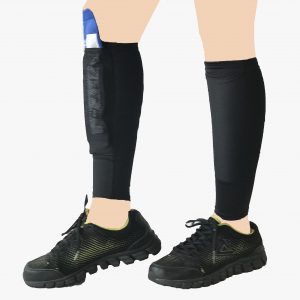 Ice pack in pocket |
Usually, you would find yourself stuck in a difficult situation during injuries and ought to stop at medic stations during races and get paramedics to ice your leg or calf, or ice your leg immediately after your workout. However, with Nashata Leg Sleeves, you can provide the icing effect for yourself without troubling yourself or others.
3. Features
- comfortable and suitable for high intensity work out
- built-in pocket on one side of each sleeve to insert cold pack or ice cubes
- unisex
- free size, comes in a pair
- color : black
- length : 12.5 in or 32 cm each
- made of highly stretchable and breathable fabric
- fabric : spandex and mesh
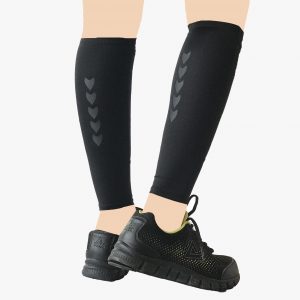
4. Get creative
We received an interesting feedback by customers who use the built-in pocket on the sleeves to put money, ID and energy gel. Basically, you have extra pockets on your leg.
A review by Ikmal Abdul Jabar, hockey coach, runner and President of the Malaysian Stroller Running Community
“Just put them on and the grip feels good on your legs. They don’t feel hot, in fact they are really comfortable. Oh yes, it has a function for recovery, because there is a compartment to put ice pack. If you don’t have an ice pack, you can put ice cubes to treat shin splint pain. If you have calf cramp, just turn the sleeves backwards to cool your calf. During my bicycle ride, I used the compartment to put my IC and money. So far so good, I am happy with this performance calf compression.”
You can get a pair for RM59/SGD20 only at Nashata.com or Nashata Cyberjaya store!

